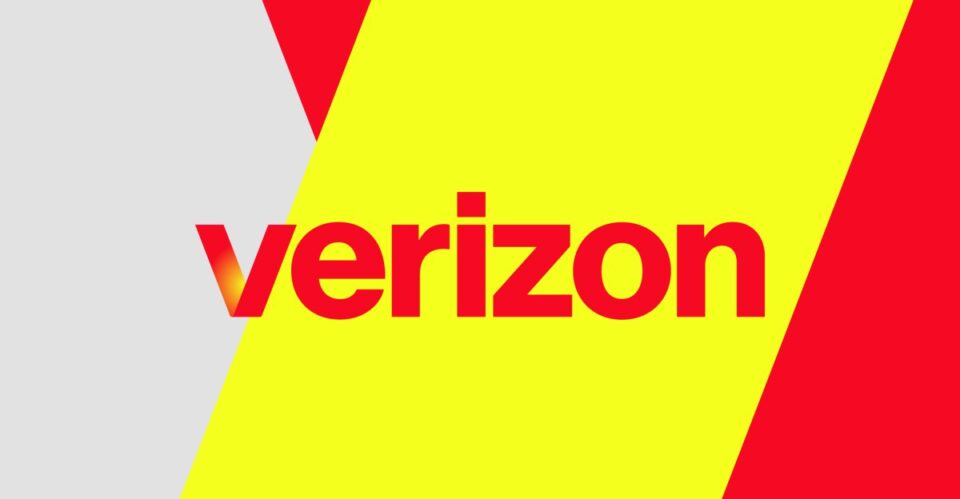![]()
Allison Johnson is a reviewer with 10 years of experience writing about consumer tech. She has a special interest in mobile photography and telecom. Previously, she worked at DPReview.
Verizon is announcing a new price lock policy today, and the timing is probably no coincidence. The company is extending a three-year price guarantee on certain plans, both for new and existing customers. The announcement comes a day after President Trump unveiled sweeping tariffs, and Verizon says it’s hoping to give customers more “predictability” in the current economic environment. But the fine print leaves Verizon plenty of wiggle room.
The three-year guarantee covers the base charge for your rate plan, but not fees and taxes — and you have to be on one of Verizon’s newer myPlan subscriptions to qualify. That means Verizon can still raise your monthly bill in the form of increased fees, which is what wireless carriers tend to do anyway when they want to charge more. They can also cut your monthly autopay discount in half, or persuade you to move to a pricier plan with the offer of a new phone. There are plenty of levers for companies like Verizon to pull, even with a price lock.
The price lock isn’t the only new offer on the table, though. Verizon is also throwing in a free phone to new and existing customers. You’ll just need to trade in an old Apple, Samsung, or Google phone in any condition — and again, you’ll need to be on a myPlan subscription to take advantage. With plenty of economic uncertainty ahead, a trade-in deal might sound appealing. Just make sure you read the fine print so you know what you’re getting into.
